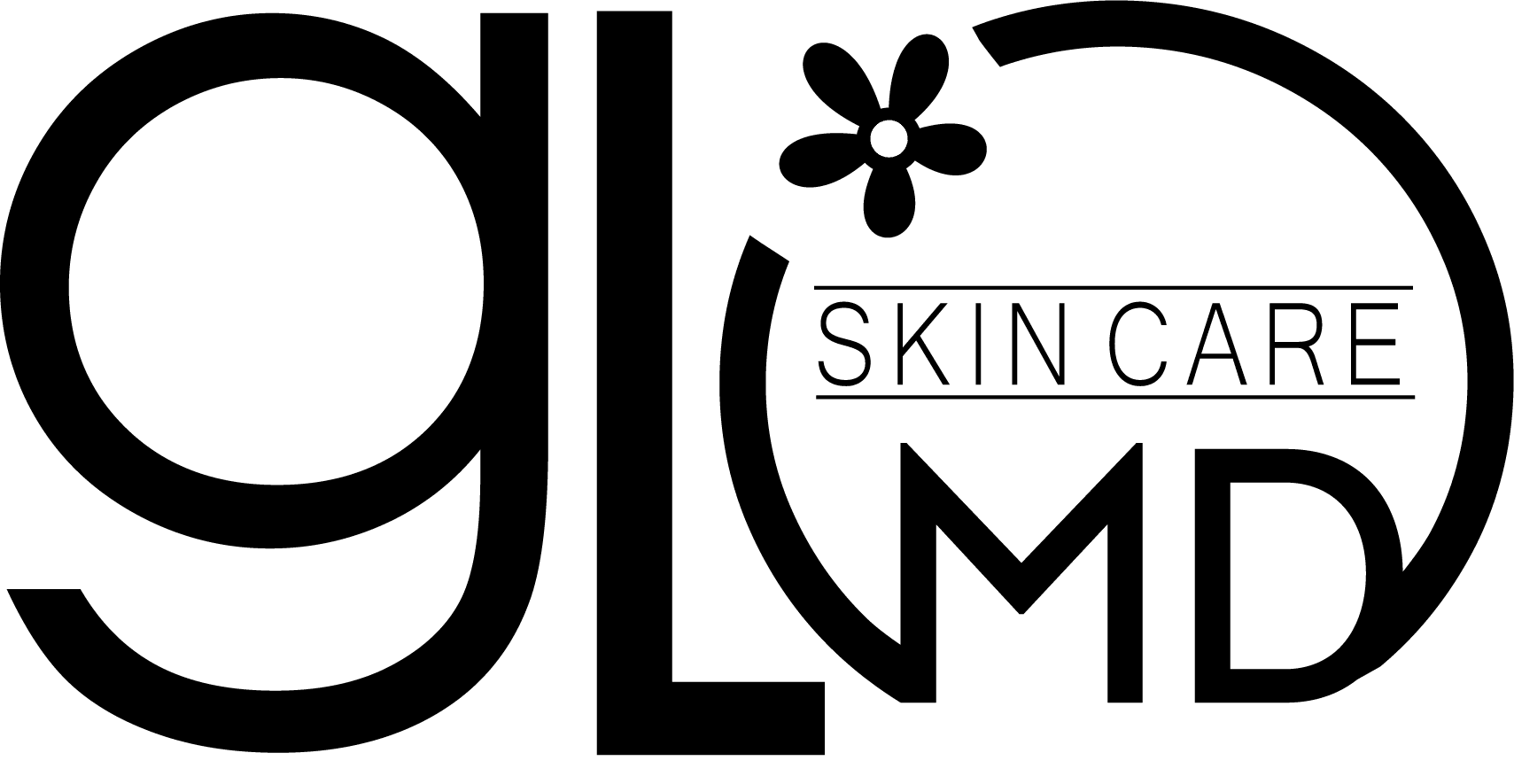Sclerotherapy
Sclerotherapy effectively treats varicose and spider veins. It's often considered the treatment of choice for small varicose veins. Sclerotherapy involves injecting a solution directly into the vein.
Sclerotherapy effectively treats varicose and spider veins. It's often considered the treatment of choice for small varicose veins.
Sclerotherapy involves injecting a solution directly into the vein. The sclerotherapy solution causes the vein to scar, forcing blood to reroute through healthier veins. The collapsed vein is reabsorbed into local tissue and eventually fades.
After sclerotherapy, treated veins tend to fade within a few weeks, although occasionally it may take a month or more to see the full results. In some instances, several sclerotherapy treatments may be needed.
Side Effects of Sclerotherapy
Temporary Side Effects:
- Bruising
- Raised red areas
- Small skin sores
- Darkened skin in the form of lines or spots
- Multiple tiny red blood vessels
When to Consider Sclerotherapy
People may consider sclerotherapy to treat varicose veins or spider veins. Some may have the procedure for cosmetic reasons. A doctor can help a person decide if sclerotherapy is necessary or suitable.
People with varicose veins or spider veins might consider sclerotherapy if the veins are too twisted for other treatments to work or if they have uncomfortable symptoms, such as:
- Itching
- Aching
- Burning
- Swelling
- Night cramps
- Legs feeling very heavy or tired
Effectiveness
Research suggests that sclerotherapy removes problematic veins in 75–90% of cases, but this typically requires multiple treatments. When sclerotherapy does not work, people may require other treatments, such as surgery.
Sclerotherapy may not be effective for everyone. Less than 10% of people may not have any response to the treatment, regardless of the size of the veins in question.
If sclerotherapy is ineffective or unsuitable, a doctor may try injecting a different sclerosing solution or recommend another approach, such as cutaneous laser therapy.
Sclerotherapy may not be effective for everyone. Less than 10% of people may not have any response to the treatment, regardless of the size of the veins in question.
If sclerotherapy is ineffective or unsuitable, a doctor may try injecting a different sclerosing solution or recommend another approach, such as cutaneous laser therapy.
What to Expect Following Sclerotherapy
If you were treated for small varicose veins or spider veins, you can usually expect to see definitive results in three to six weeks. Larger veins may require three to four months. However, multiple treatments may be needed to achieve the results you want.
Veins that respond to treatment generally don't come back, but new veins may appear.
Veins that respond to treatment generally don't come back, but new veins may appear.
